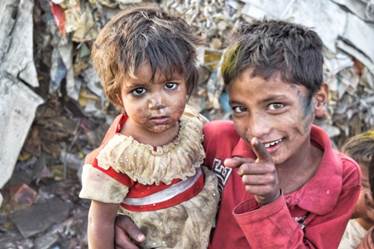Free Courses Sale ends Soon, Get It Now


Free Courses Sale ends Soon, Get It Now



Disclaimer: Copyright infringement not intended.
Context
Determination of New Poverty Line
New Poverty Estimates of India
Updated Poverty line
Decline in poverty
Poverty in 2019
Trend
Number of poor
Reasons behind Poverty in India
Consequences of Poverty
The high infant mortality
Malnutrition - not even a bowl of rice a day
Child labour - no time to play and learn
Lack of education - no opportunities without education
Child marriage - the early end of childhood
Effects on Society
Effect on Economy
Way Ahead
India has been tagged as a very consistent ‘developing nation’ and this difference between developing and developed will be achieved only when problems like poverty and hunger are eradicated.
© 2024 iasgyan. All right reserved